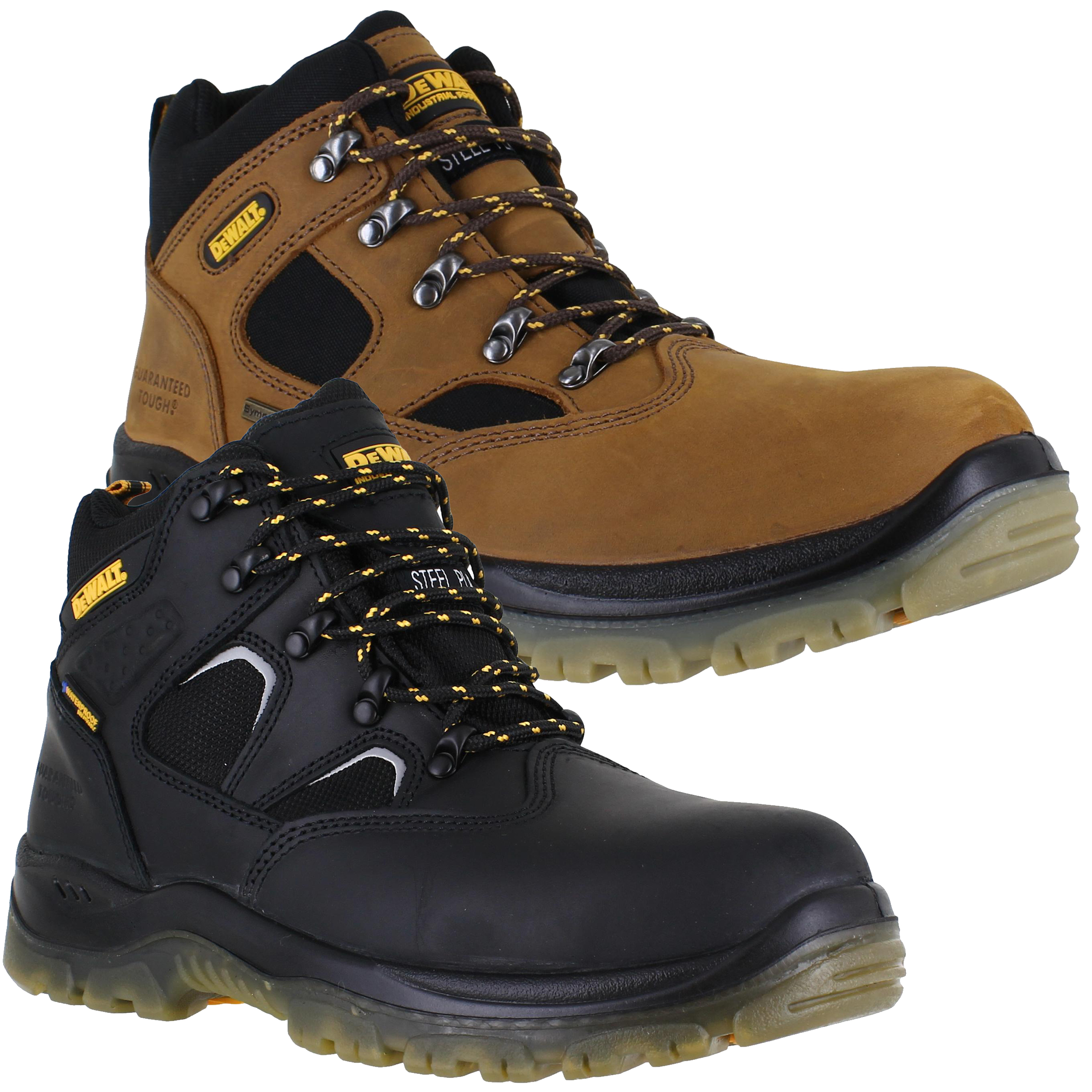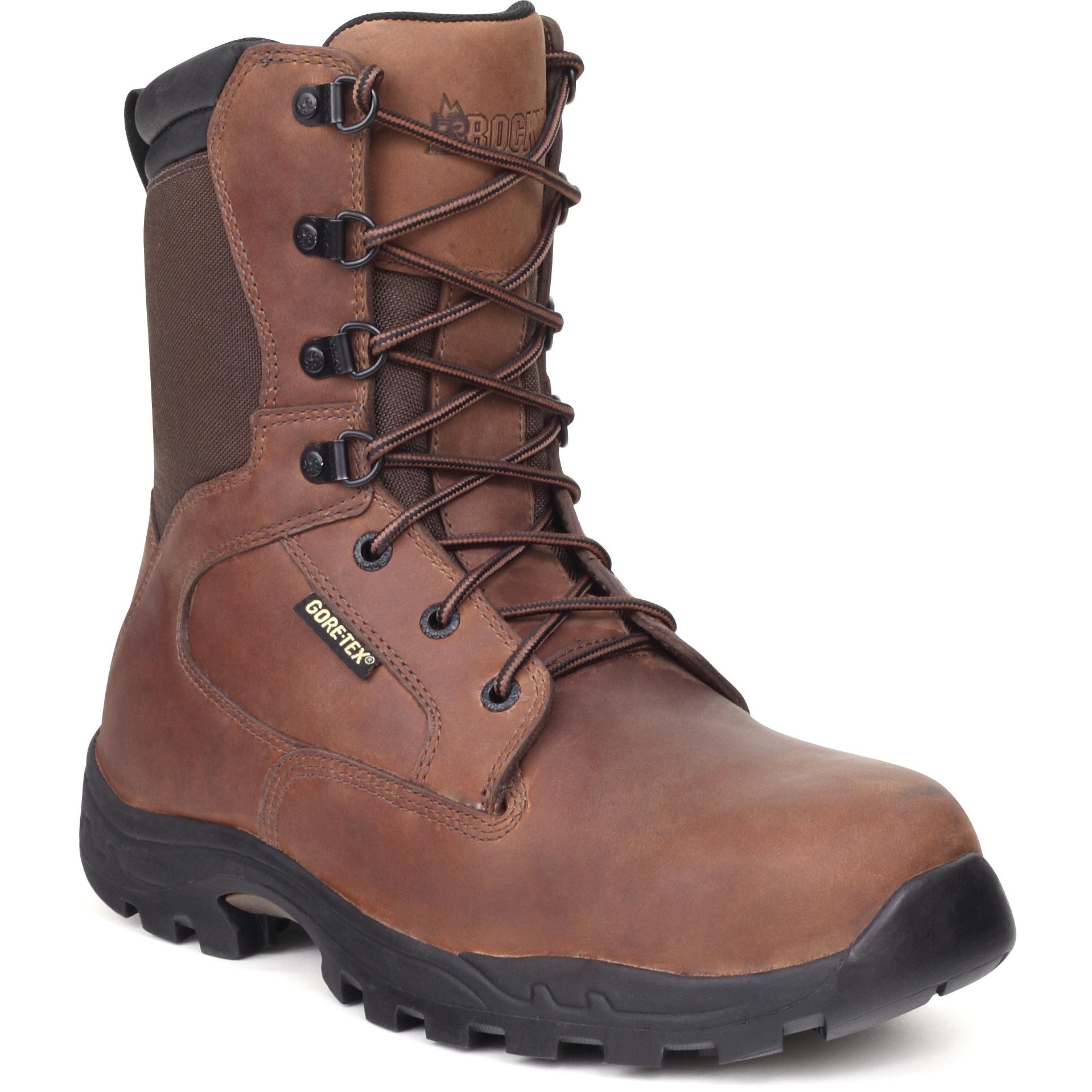Why Steel Toe Boots are a Must-Have for Workplace Safety
In hazardous work environments, the risk of foot injuries is ever-present. From heavy machinery to sharp objects, the threats to foot safety are numerous. This is why work safety steel toe boots have become an essential component of personal protective equipment (PPE) for many industries. Designed to provide a high level of protection against crushing, puncture, and other foot injuries, steel toe boots can significantly reduce the risk of foot injuries, which can have serious consequences, including permanent damage, disability, and even amputation. In fact, according to the Occupational Safety and Health Administration (OSHA), foot injuries are one of the most common workplace injuries, accounting for over 10% of all workplace injuries. By investing in a good pair of work safety steel toe boots, employers can demonstrate their commitment to worker safety and well-being, while also reducing the risk of costly accidents and downtime. Moreover, steel toe boots can also provide protection against electrical hazards, slips, and falls, making them an essential component of a comprehensive workplace safety strategy.
How to Choose the Best Steel Toe Boots for Your Job
Selecting the right work safety steel toe boots for your occupation is crucial to ensure optimal protection and comfort. With so many options available, it can be overwhelming to choose the best pair. However, by considering a few key factors, you can make an informed decision. First, consider the material of the boot. Steel toe boots can be made from a variety of materials, including leather, synthetic materials, and rubber. Leather boots are often preferred for their durability and comfort, while synthetic materials may be more resistant to chemicals and abrasion. Rubber boots, on the other hand, are ideal for wet or slippery environments. Next, think about the weight of the boot. Lighter boots can be more comfortable for workers who are on their feet all day, while heavier boots may provide additional protection. Slip resistance is another critical factor to consider. Boots with slip-resistant soles can help prevent slips, trips, and falls, which are a leading cause of workplace injuries. Additionally, consider the specific hazards of your job and choose a boot that provides protection against those hazards. For example, if you work with electrical hazards, choose a boot that is certified to protect against electrical shock. By considering these factors, you can choose a pair of work safety steel toe boots that meet your specific needs and provide optimal protection and comfort.
Top Brands for Steel Toe Boots: A Review of the Best Options
When it comes to work safety steel toe boots, there are several top brands that stand out from the rest. Thorogood, Timberland, and Dr. Martens are three popular brands that offer high-quality steel toe boots designed to provide protection and comfort in hazardous work environments. Thorogood steel toe boots are known for their durability and comfort, with features such as slip-resistant soles and breathable membranes. They offer a wide range of styles and sizes to fit different occupations and foot types. Timberland steel toe boots, on the other hand, are popular for their rugged design and exceptional protection against heavy objects and sharp edges. They also offer a variety of styles, including waterproof and insulated options. Dr. Martens steel toe boots are known for their comfort and flexibility, with features such as air-cushioned soles and soft, breathable uppers. They offer a range of styles, including boots with slip-resistant soles and electrical hazard protection. When choosing a brand, consider factors such as the specific hazards of your job, your personal comfort preferences, and the durability and maintenance requirements of the boots. By selecting a high-quality brand, you can ensure that your feet are protected and comfortable on the job.
The Anatomy of a Steel Toe Boot: Understanding the Key Components
A work safety steel toe boot is composed of several key components that work together to provide protection and comfort in hazardous work environments. The toe cap is the most critical component, as it is designed to protect the toes from heavy objects and sharp edges. Made from steel or other durable materials, the toe cap is typically shaped to fit snugly around the toes and is designed to withstand impact and compression. The midsole is another essential component, providing additional support and cushioning for the foot. It is typically made from a durable material, such as polyurethane or rubber, and is designed to absorb shock and distribute pressure evenly across the foot. The outsole is the outermost layer of the boot, providing traction and grip on various surfaces. It is typically made from a durable, slip-resistant material, such as rubber or PVC, and is designed to provide stability and prevent slips and falls. Other key components of a steel toe boot include the upper material, which provides comfort and support for the foot, and the lacing system, which secures the boot in place. By understanding the different parts of a steel toe boot, workers can better appreciate the importance of wearing high-quality, protective footwear on the job.
Steel Toe Boots vs. Composite Toe Boots: Which is Right for You?
When it comes to work safety steel toe boots, there are two main types to consider: steel toe boots and composite toe boots. Both types offer protection and comfort in hazardous work environments, but they have distinct differences that make one more suitable for certain occupations than the other. Steel toe boots are the traditional choice, featuring a steel toe cap that provides exceptional protection against heavy objects and sharp edges. They are ideal for jobs that involve heavy lifting, construction, or manufacturing, where the risk of foot injury is high. Composite toe boots, on the other hand, feature a toe cap made from non-metallic materials, such as carbon fiber or plastic. They are lighter and more breathable than steel toe boots, making them ideal for jobs that require agility and flexibility, such as warehousing or delivery work. Composite toe boots are also a good option for workers who need to pass through metal detectors or work in environments where metal is not allowed. However, they may not provide the same level of protection as steel toe boots in extreme hazardous environments. Ultimately, the choice between steel toe boots and composite toe boots depends on the specific hazards of the job and the individual worker’s needs and preferences.
Breaking in Your Steel Toe Boots: Tips for a Comfortable Fit
When it comes to work safety steel toe boots, a comfortable fit is essential for optimal performance and protection. Breaking in new steel toe boots can be a challenging process, but with the right strategies, workers can reduce discomfort and prevent blisters. One of the most effective ways to break in steel toe boots is to wear them for short periods of time, gradually increasing the duration over several days. This allows the boots to mold to the foot and reduces the risk of discomfort and blisters. Another tip is to wear thick socks to cushion the foot and reduce friction. Applying moleskin or blister pads to high-friction areas can also help prevent blisters and discomfort. Additionally, workers can try using a boot stretcher or conditioner to soften the leather and make it more pliable. By following these tips, workers can ensure a comfortable fit and optimal performance from their steel toe boots, allowing them to focus on the task at hand and prioritize foot safety in the workplace.
The Importance of Regular Maintenance for Steel Toe Boots
Work safety steel toe boots are a crucial investment for workers in hazardous environments, but their effectiveness depends on regular maintenance. Failing to inspect and maintain steel toe boots can lead to compromised safety and reduced performance. Regularly inspecting steel toe boots for signs of wear and tear, such as cracks, cuts, or punctures, can help identify potential hazards before they become major issues. Cleaning steel toe boots regularly can also help prevent the buildup of dirt and debris, which can compromise the boot’s protective qualities. Additionally, storing steel toe boots in a cool, dry place can help prevent damage from extreme temperatures or humidity. It’s also essential to replace worn-out boots to ensure continued protection and comfort. By prioritizing regular maintenance, workers can extend the lifespan of their steel toe boots, ensure optimal performance, and maintain a safe working environment. By incorporating regular maintenance into their daily routine, workers can ensure that their steel toe boots continue to provide the protection and comfort they need to perform their jobs safely and effectively.
Conclusion: Prioritizing Foot Safety in the Workplace
In conclusion, work safety steel toe boots are a crucial component of any hazardous work environment. By understanding the importance of steel toe boots, choosing the right pair for the job, and maintaining them regularly, workers can significantly reduce the risk of foot injuries and ensure a safe working environment. Whether working in construction, manufacturing, or another high-risk industry, steel toe boots provide the protection and comfort workers need to perform their jobs effectively. By prioritizing foot safety and making steel toe boots a part of their daily work routine, workers can focus on the task at hand, knowing that their feet are protected from harm. Remember, work safety steel toe boots are not just a requirement, but a necessity for a safe and healthy work environment. By taking the necessary steps to prioritize foot safety, workers can ensure a long and healthy career, free from the risks of foot injuries.









